⽶開朗基羅酒莊 美好年份 單⼀園特選古典奇揚第有機紅葡萄酒
Nittardi 「Riserva Selezionata」Chianti Classico Riserva
葡萄來自於酒莊最頂級地塊,海拔500公尺高的旗艦葡萄園-「Vigna Alta」, 僅在最好年份釀造,產量極少,故名「美好年份」。
迷人的熟成櫻桃、黑色果莓、李子、菸草、香草、雪松、義大利香料等香氣明顯。酒體濃郁有層次,建議醒酒二小時。
Chianti Classico DOCG
Nittardi 2018 Riserva Selezionata
The winery:The boutique winery Nittardi lies between Castellinaand Panzano in the heart of the Chianti Classicoregion. Nittardi was fi rst mentioned as „Nectar Dei“in 1183. In the 16th century, the winery belonged toMichelangelo Buonarroti, who produced his own winehere. He is known to have sent his wine to the Pope inRome as a „genuine gift“.
The vineyard:Nittardi Riserva Selezionata grows in our best vineyard,the Vigna Alta. The vineyard lies on a south-facinghill at 500 meters above sea level and has a soil fullof schist stones, called in Chianti Galestro whichengenders the wine with an elegant minerality andpleasant freshness.
The vintage:After the extremely hot 2017 vintage, with 2018 thingscame back to normality and the vintage can bedescribed as “classic”. We had a cold winter withsnow in our vineyards for a few days, spring wasrainy followed by a mild summer. The weather fromthe middle of August until the harvest was very nicewithout rain and with important diurnal temperaturevariations. We picked our healthy and ripe grapes forNittardi Riserva in our Vigna Alta in two days 15th –16th of September.
The wine:Nittardi Riserva Selezionata is a Chianti ClassicoRiserva based on our best Sangiovese grapes. OurSuper Premium Riserva is produced only in the bestvintages and represents best the terroir of Nittardi withthe know-how of our winemaking team guided byCarlo Ferrini.
Profile:Intense dark red, nose of blueberry, dark cherry, ripeblackberry and garrigue with notes of exotic spices.Medium palate with elegant tannins and excellentfreshness. Outstanding texture, remarkable softnesswith a long & persisting fi nish. Riserva 2018 is still a verycompact and young wine and it will be exciting tofollow the evolution of this wine for the next 20 years.It matches perfectly with dishes of the creative Tuscancuisine. It should be served at around 17° C.
米開朗基羅酒莊 Nittardi
米開朗基羅酒莊(Nittardi)是奇揚第(Chianti)的精品名莊,1183年時酒莊是Siena及Florence 間的防禦堡壘,名為「上帝之蜜(Nectar Dei)」。16世紀,酒莊擁有者為文藝復興三傑之一 - 米開朗基羅所擁有。1549年,74歲的米開朗基羅在梵蒂岡西斯汀禮拜堂創作穹頂壁畫「創世紀(Genesis)」,同時將 Nittardi葡萄酒獻給當時的教宗 - 保祿三世(Pope Paolo III)作為最崇高獻禮。為了紀念這個傳統,
酒莊至今仍每年將旗艦酒款「上帝之蜜(Nectar Dei)」新年份的第一瓶獻給教宗。酒莊喜愛透過葡萄酒將藝術精神傳播於世界,每年都會邀請不同藝術家為旗下酒款繪製酒標。1992年,世界年度釀酒師- Carlo Ferrini於酒莊任職,此後每一年酒款都榮獲國際大獎,例如: 紅蝦評鑑(Gambero Rosso)最高等級-三個葡萄酒杯,Decanter以及 Wine Spectator 90分以上,為 Chianti Classico最成功的酒莊之一。
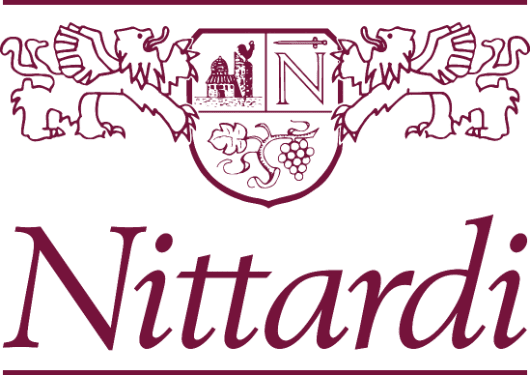
History
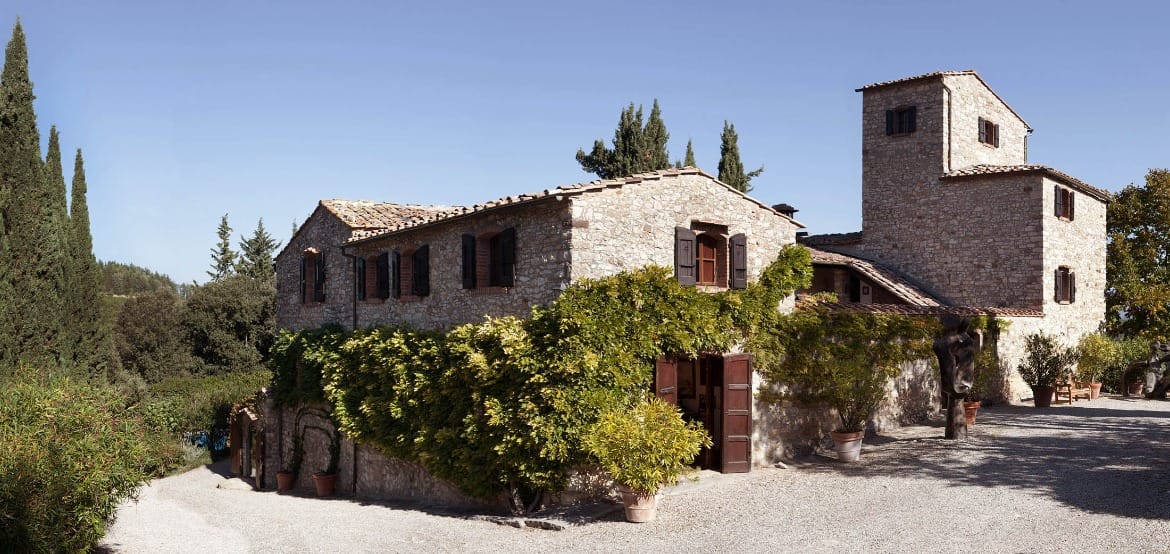
標題項目2
-Nittardi is a boutique winery situated in the heart of the Chianti Classico region, with vineyards in Chianti Classico and the Maremma. The Nittardi Estate, on the boundary between the provinces of Siena and Florence, was originally a defensive tower known as early as 1183 by the name of “Nectar Dei” (The Nectar of the God).
“I’d prefer two casks of wine rather than eight shirts.”
In the 16th century, the vast property belonged to the Renaissance artist Michelangelo Buonarroti who, in 1549, while finishing the Sistine Chapel, wrote to his nephew Lionardo: “I’d prefer two casks of wine rather than eight shirts.” On that same occasion, Michelangelo also sent Nittardi wine to Rome as a “genuine gift to the Pope Paolo III”. Today, in honour of that tradition, every year the first bottles of Nectar Dei, the top wine from the Maremma vineyards, are presented to the Pope.
Over the centuries the property changed hands often until, in 1981, it was taken over by the Frankfurt publisher and art gallerist Peter Femfert and his wife Stefania Canali, a historian from Venice. Stefania and Peter restored Nittardi step-by-step and with love and care. The vineyards were replanted and, in 1992, the ancient vat room was replaced by a modern cellar. A competent team of wine enthusiasts was put together, consisting of Carlo Ferrini, the consultant enologist and Giorgio Conte, the commercial director. The son of Stefania and Peter, Léon Femfert, has been managing the winery since 2013 overseeing the winemaking and the business side.
A splendid piece of land was purchased in Maremma, close to the coast in southern Tuscany, in 1999. Since then, 20 hectares have been planted there with local and international grape varietals. This is where Ad Astra and Nectar Dei, the Super Tuscans of Nittardi, are produced. In 2012, the Maremma also became the birthplace of Nittardi’s first white wine: BEN, a 100% Vermentino.
.jpg)
A year does not go by in which the wines of Nittardi do not win an important award or rating, including the Three Glasses from Gambero Rosso, 5 Stars from Decanter, and very high ratings from Jancis Robinson, Wine Spectator, The Wine Enthusiast, Wine Advocate and James Suckling.
Team Nittardi
The wine estate is run by the Canali Femfert family since 1981 and with the help of an experienced team with shared values for quality, Nittardi has become a successful winery.
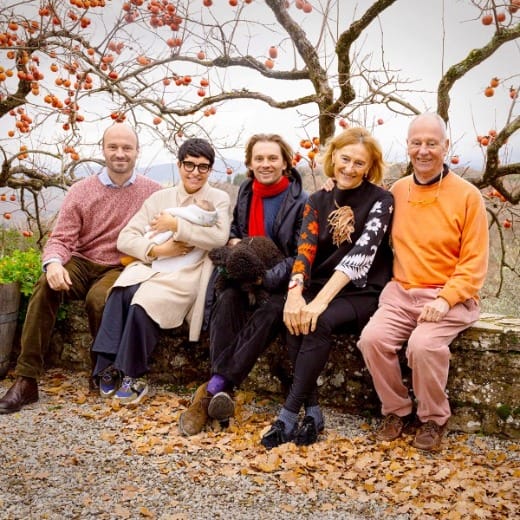
The Canali-Femfert family
Stefania, a historian, was born in Venice, studied in Florence, and then taught at Columbus University in the United States. Peter, an art gallerist in Frankfurt, has always had a great love for Italy. Before dedicating himself to Nittardi he travelled the world on foot, with an adventurous journey across the Sahara Desert, and sailed all the oceans.
After meeting for the first time in Berlin, and following by their marriage in Venice, the young couple – though they didn’t speak the same language – easily agreed on what their future would be based: Their motto became Per Aspera Ad Astra.
Stefania left the press office in Venice where she worked and devoted herself to Nittardi and their sons Léon and Damiano, who had been born in the meantime.
Deep roots are not afraid of storms: Peter didn’t give up his passion for the sea and continued to participate in important sailing races around the world, but now with Stefania at his side. But their true passion had become Nittardi, where over the years they have planted thousands of oak and olive trees.
Léon started to take over Nittardi in 2013. He studied philosophy in Germany and Italy, and wine business in Burgundy, France.
Before overseeing winemaking and the business side of Nittardi, he worked for different wineries in the USA, France, Germany, and Chile. When not at Nittardi, he likes to spend time with his family in the mountains, especially when there is snow on them, for that is when they are at their purest and most intimate.
CarloFerrini
Consultant winemaker
Carlo Ferrini has been part of the Nittardi Team since 1991. From the day that he left the Chianti Classico Consorzio, he has supervised the vineyards and winemaking at Nittardi.
In 2008, the American publication Wine Enthusiast proclaimed him “Winemaker of the Year”.
In 2003, the Associazione Italiana Sommelier declared him “Enologist of the Year”, a title that had already been bestowed upon him three years earlier by Gambero Rosso.
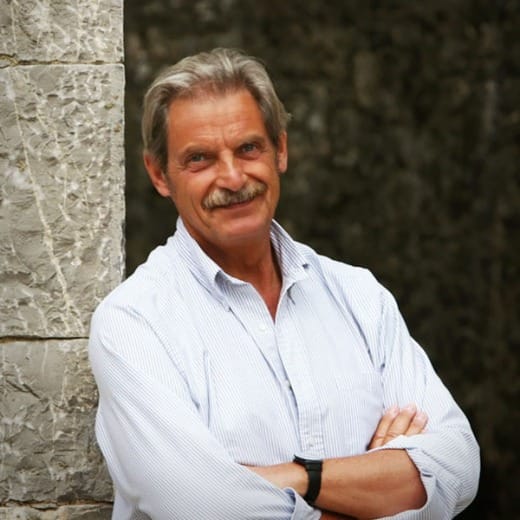
GiorgioConte
Commercial Director
Giorgio started at Nittardi in 1991 as an Italian teacher, and since then he has worked in all possible areas at the estate. Today, he is in charge of all the commercial aspects, including sales and logistics.
Before coming to Nittardi, he studied agronomy in Padova and was a professional ping-pong player. Besides having a great passion for wine, he is a keen football player and plays concerts regularly with his jazz band.
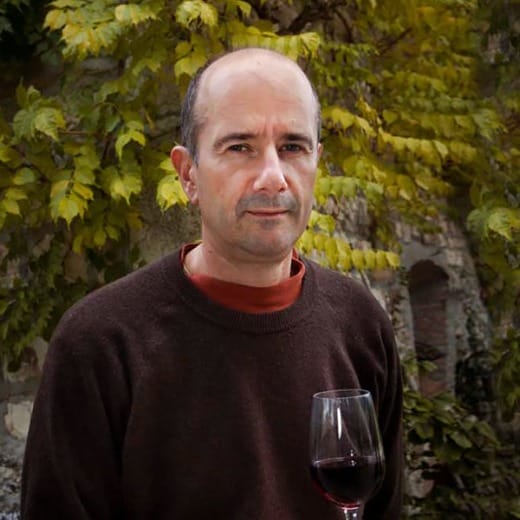
Vineyards
The Vineyards of Nittardi represent the heart of the estate and produce elegant and refined grapes year after year. Our Villa Rosa Vineyards are located close to the beautiful hamlet of San Quirico, south of Castellina in Chianti, most of the vineyards are over 50 years old. The Mongibello delle Mandorlaie Vineyards in Maremma are south of Scansano and close to Montiano, only eight kilometers from the seaside. All vineyards are certified organic.
Nittardi Vineyards
.png)
The vineyards of Nittardi represent the heart of the estate. Our vineyards produce outstanding elegant and fine fruit year after year thanks to an interesting soil mix of slate and schist combined with a mesoclimate with extreme day-to-night temperature differences. The youngest vineyard (Doghessa) is planted at the high density of 6,667 plants per hectare, while the other vineyards have a per-hectare density of 5,500 plants. All the vineyards are cordon-pruned and the average production is less than one kilogram per plant, or between 35 and 45 hl per hectare.
Grape varieties: Around Nittardi we grow mainly Sangiovese (six different clones, all descending from the Chianti Classico 2000 project) and a tiny bit of Merlot (three different clones).
Soils: The different parcels have the same limestone-clay mix in common. At the same time, the soil of the vineyards has a rich skeleton of shingle and stones, in particular Galestro, a type of schist that is typical of the Chianti Classico area. The less steep vineyards have a deeper soil that is less rich in texture. These different soil types, combined with the region’s interesting mesoclimate, are an excellent terroir for Sangiovese!
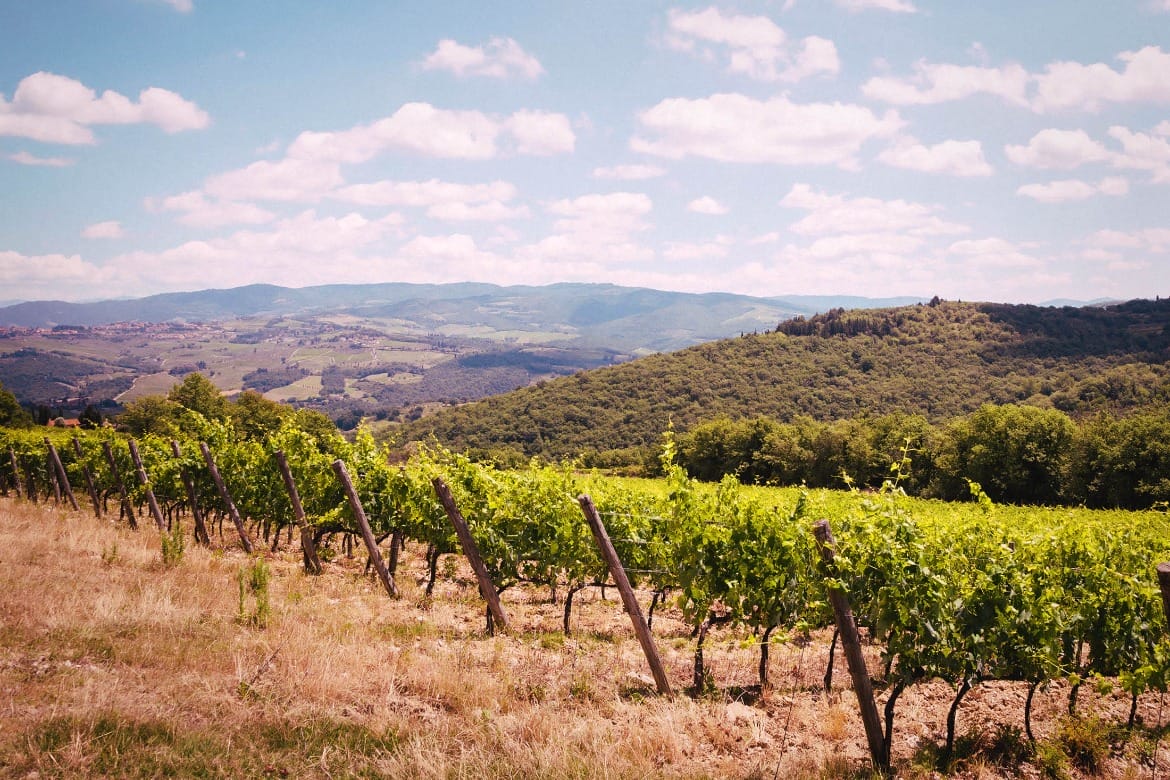
Climate: The climate at Nittardi can be defined as continental, with low temperatures during the winter, often under zero degrees, and warm and dry summers, with daily temperatures above 30 degrees. The extreme variances in the day-to-night temperatures, due to the high altitudes varying between 400 and 500 meters as well the southern exposure, are noteworthy and influential. The yearly rainfall, around 800 millimeters, is concentrated between late autumn and spring. These climatic characteristics guaranty a slow and balanced maturation of the grapes: the starting point of elegant and complex wines.
Agricultural practices: All our vineyards are certified organic and managed with the highest respect for the environment. Fertilization of the soil is carried out only with organic substances, such as manure and green manure (seeding, growth, chopping and burial of leguminous plants such as field beans). Throughout the year, our skilled workers conduct all operations in the vineyards manually. To ensure a better quality grape, we keep the amount of grapes produced low through a variety of agricultural methods, such as short-pruning in winter, a careful selection of the shoots in spring, and if necessary green harvesting in early summer. The harvest, of only the ripest and healthiest grapes, is done manually.
Harvest: Normally we start with Merlot, in early September, while we harvest the Sangiovese grapes at the end of September and beginning of October.
Villa Rosa Vineyard
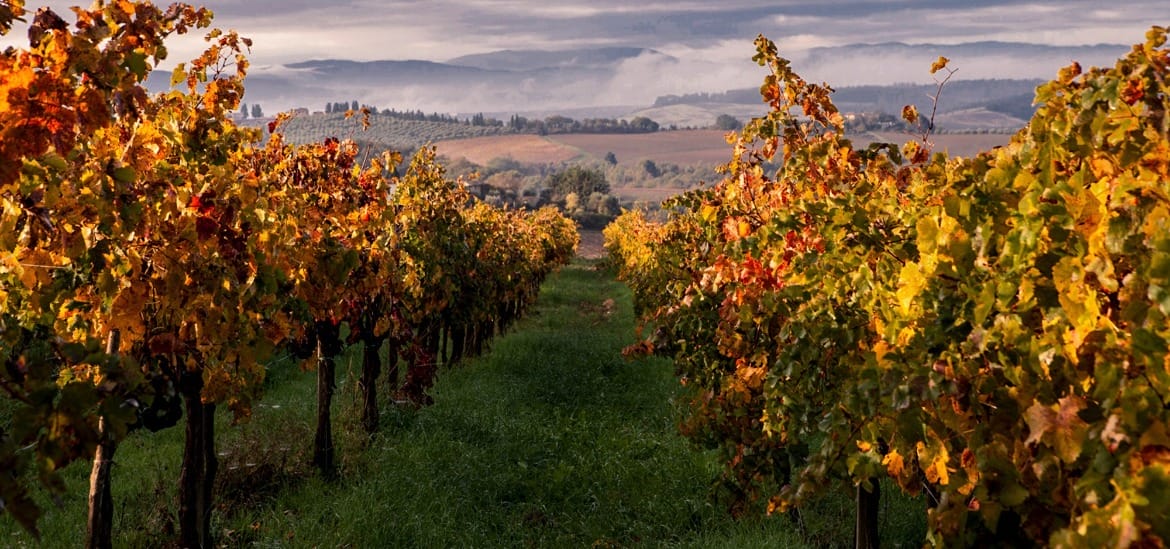
These mainly old vineyards are located close to the beautiful hamlet of San Quirico, south of Castellina in Chianti. Most of the vineyard is over 50 years old, while a couple of parcels were planted in 2010 and 2017 with a high density of 6,667 plants per hectare. The younger vines are cordon-pruned while the old vines are pruned traditionally with archetto toscano.
Grape varieties: Massal selection of Sangiovese and other local grape varieties: Canaiolo Nero, Colorino, Malvasia Nera, Ciliegiolo, Foglia Tonda, Mammolo, Pugnitello.
Soil: The vineyards are characterized by a limestone-clay mix with a rich skeleton consisting of shingle and stones, in particular Galestro, a special type of schist that is typical of the Chianti Classico area. This soil of fine clay and very little organic substance drains water well. Combined with the region’s interesting mesoclimate, this terroir is perfect for Sangiovese!
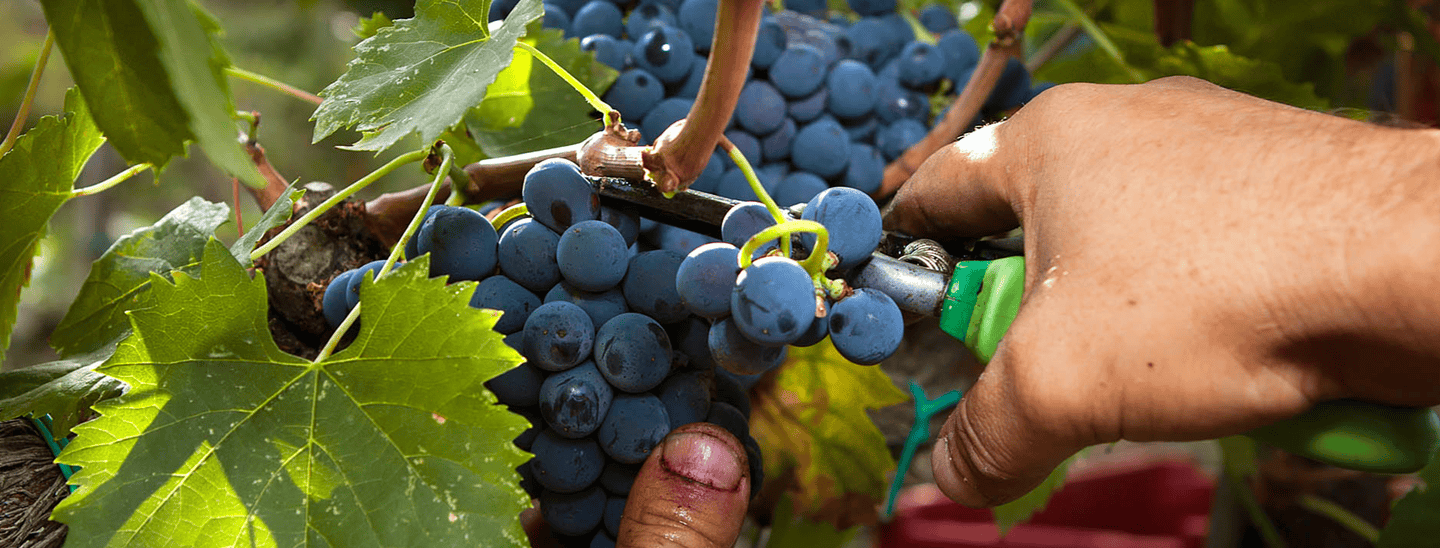
Climate: The climate in Villa Rosa can be defined as continental, with low temperatures during the winter, often around zero degrees, and warm and dry summers, with daily temperatures often above 33 degrees. The variances between day and night temperatures are notable. The yearly rainfall, around 800 millimeters, is concentrated between late autumn and spring. These climatic characteristics guaranty a slow and balanced maturation of the grapes: the starting point of elegant and complex wines. The average temperatures tend to be higher than Nittardi because of the lower elevation.
Agricultural practices: All our vineyards are certified organic and managed with the highest respect for the environment. Fertilization of the soil is carried out only with organic substances, such as manure and green manure (seeding, growth, chopping and burial of leguminous plants such as field beans). Throughout the year, our skilled workers conduct all operations in the vineyards manually. To ensure a better quality grape, we keep the amount of grapes produced low through a variety of agricultural methods such as short-pruning in winter, a careful selection of the shoots in spring, and if necessary green harvesting in early summer. The harvest, of only the ripest and healthiest grapes, is done manually.
Harvest: As the different grapes are planted mixed as a field blend, normally we harvest them together in the middle of September.
The Mongibello delle Mandorlaie Vineyards
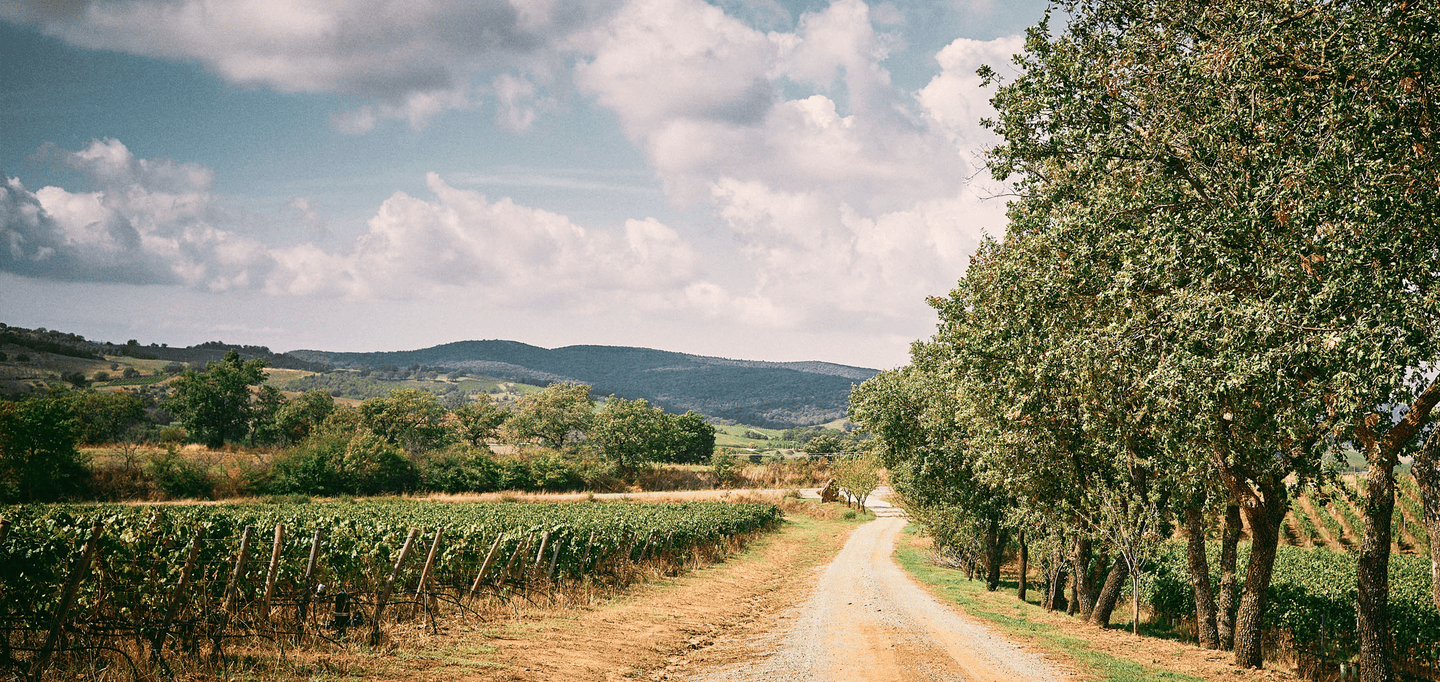
Grape varieties: Over the years we have planted nine different grape varieties: Sangiovese, Cabernet Sauvignon, Alicante Bouchet, Petit Verdot, Merlot and Cabernet Franc, Vermentino and Roussanne. We have also planted some small parcels of experimental grape varieties with the aim of gaining a better understanding of the terroir in Maremma.
Soil: The soil of the entire vineyard is characterized geologically by a kind of sandstone, with granit and volcanic layers below. The thick layer of sand and reddish ocher color characteristic of the local terrain are the result of the erosion of this sandstone. This type of land, particularly poor in nutrients and water, encourages the plants to root deeply.
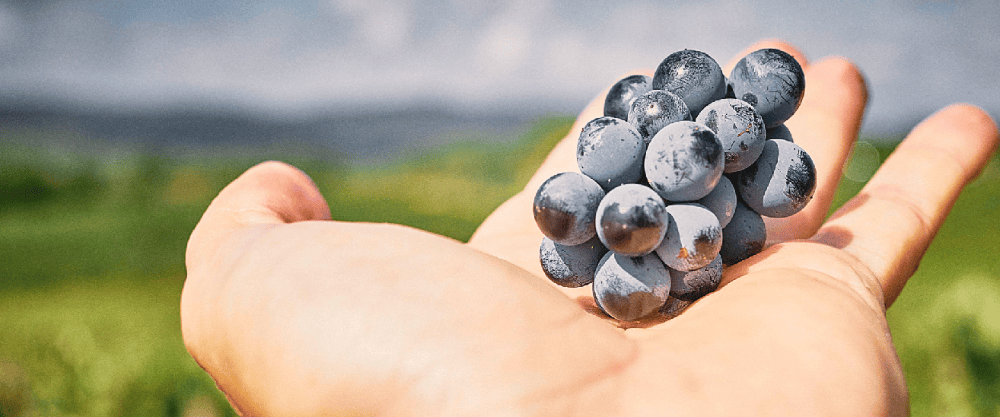
Climate: The region has a typical Mediterranean climate with mild winters and dry summers. Average yearly temperatures are around 16° C. The rainfall in southern Maremma is one of the lowest in all of Tuscany, with an average of 500 mm per year. Most of the rain falls during late autumn, winter and spring. Special to the area is also the high amount of sun hours, which is due to the lack of mountains and the exceptional mesoclimate with little rainfall and few clouds.
Agricultural practices: All our vineyards are certified organic and managed with the highest respect for the environment. Fertilization of the soil is carried out only with organic substances such as manure and green manure (seeding, growth, chopping and burial of leguminous plants such as field beans). Throughout the year, our skilled workers conduct all operations in the vineyards manually. To ensure a better quality grape, we keep the amount of grapes produced low through a variety of agricultural methods such as short-pruning in winter, a careful selection of the shoots in spring, and if necessary green harvesting in early summer. The harvest, of only the ripest and healthiest grapes, is done manually.
Harvest: The first variety to be harvested, at the end of August, is normally Merlot; followed by Alicante Bouchet, Syrah and Vermentino. In the middle of September, we start with Cabernet Sauvignon, Cabernet Franc and Sangiovese. The last grape to be harvested is Petit Verdot – which has shown outstanding results in our vineyards – at the beginning of October.
Cellar
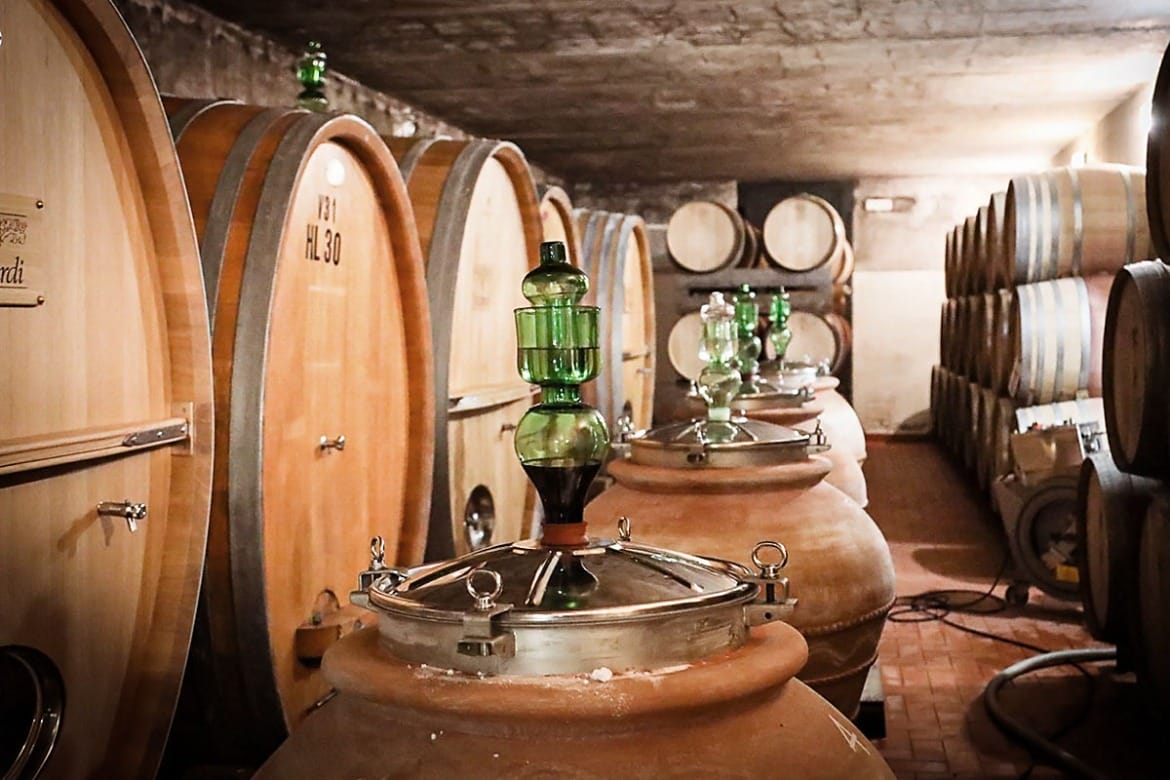
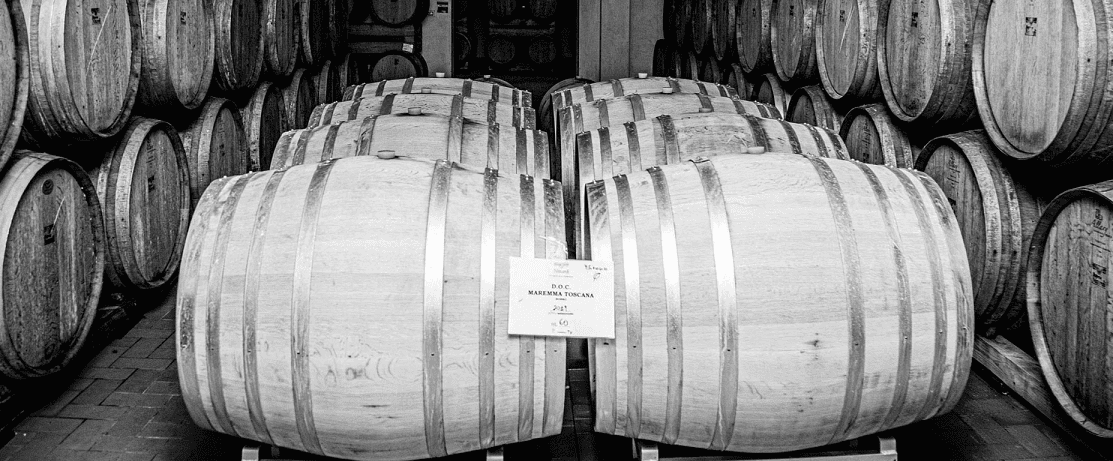
After the malolactic fermentation, the wines are transferred into barrels, mainly tonneaux (500 l) and botti, for ageing. The type of barrel and length of the ageing (between 12-24 months) depends on the grape variety and wine.
Together with our consultant winemaker Carlo Ferrini we decide when and how to blend the different parcels and grape varieties to create our fine wines.
Once the different wines are bottled, the ageing continues in the bottles in our climate-controlled warehouse. The length of bottle aging depends on the wine and varies from minimum 3 month to one year.
#米開朗基羅酒莊 #Nittardi #米開朗基羅 #義大利 奇揚地 #義大利 #奇揚地 #有機紅葡萄酒 #紅葡萄酒 #紅酒 #有機紅酒 #義大利紅酒 #⽶開朗基羅酒莊 美好年份 單⼀園特選古典奇揚第有機紅葡萄酒 #⽶開朗基羅酒莊 美好年份 單⼀園特選古典奇揚第 有機紅葡萄酒 #⽶開朗基羅酒莊 美好年份 #Nittardi 「Riserva Selezionata」Chianti Classico Riserva


